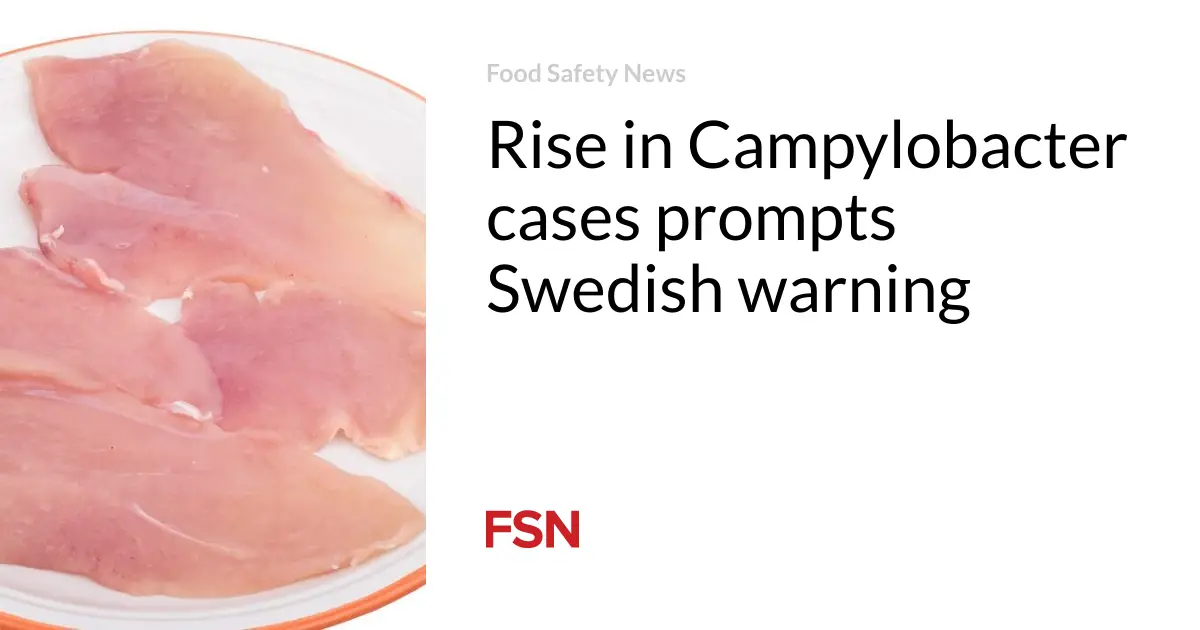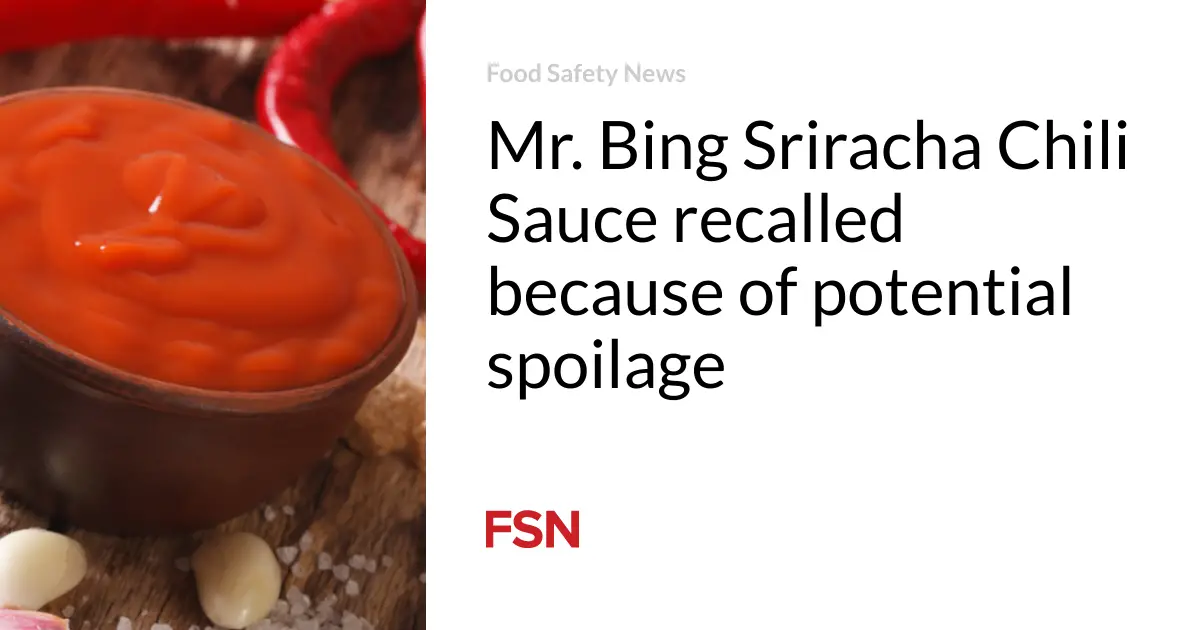
[ad_1]
Swedish health officials issued a warning after an increase in the number of people infected by Campylobacter in July.
Folkhälsomyndigheten (the Public Health Agency of Sweden) reported in the first two weeks of July, the number of reported cases of Campylobacter in people infected in Sweden increased to nearly 100 per week.
In the following weeks, reported cases increased further, to 160 and 210 per week. The sick came from several different regions of the country.
The rise in human infections coincides with a previously increased occurrence of Campylobacter in broiler flocks, according to data from the National Veterinary Institute (SVA).
The Swedish Food Agency (Livsmedelsverket) said Campylobacter in chicken flocks often increases in the summer. Within a week or so, the number of people who get sick usually also increases.
“It is especially important to take care and cook chicken in the right way during the summer and late summer. Then, you reduce the risk of getting sick,” said Mats Lindblad, infection control coordinator at the Swedish Food Agency.
Repeated occurrence
A similar trend was noticed in July 2023 when contaminated chicken was thought to be responsible for at least some of the cases. Infections continued to go up in early August before declining at the start of September. In late September, there was another peak for a few weeks, but cases returned to normal levels after that.
Previous studies have shown a connection between infection and consumption of fresh chicken. Campylobacter infection in humans is more common in summer, as is its presence in broiler flocks.
In 2023, 5,676 Campylobacter infections were reported. Travel-related cases increased compared to 2022, while domestic infections remained steady.
For domestic cases, the median age was 50, ranging from a few months to 99 years old. The incidence was highest in the 50 to 69-year-old age group.
Good hygiene when handling raw chicken reduces the risk of infection. Advice includes washing hands before starting to cook and immediately after handling raw meat and chicken. Thorough cooking will kill bacteria such as Campylobacter in chicken.
Raw chicken meat and other foods, especially ready-to-eat items such as salads, should be kept apart. Cutting boards and kitchen utensils must be washed thoroughly after cutting meat and chicken.
(To sign up for a free subscription to Food Safety News, click here.)
[ad_2]
Source link





